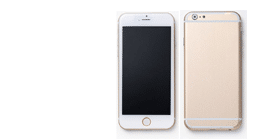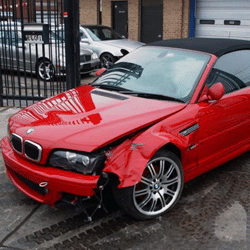Everyday, just before hitting the road for a short or long trip, it is necessary to ensure that your car is on top condition and road worthy. This will not only avoid any expensive major repairs but will also prevent any mishap or unfortunate accident on the road. Aside from the regular maintenance check-up by your reliable service station, there is a car safety checklist that you have to remember. To keep all this simple and easy, bear in mind the acronym BLOWFATCH which generally stands for all the things you need to check before going on a road trip.
Battery and Brakes
Check your battery to make sure it is adequately charged by starting the car. If the engine cranks slower than normal, the battery is probably due for replacement. Visually inspect the battery. The terminals should be tight and not corroded, and there are no visible leaks, cracks or other damages.
Brakes are the most important mechanical device that controls the car. Regularly check both the foot brake and hand brake. Ensure that they are functioning well. If they’re making noises or you’re feeling vibrations when you hit the brake, have it inspected by a mechanic.
Lights
The lights act as signaling device and the sole most effective guide when driving in the dark or at night. Check all the lights (front, rear, brake, signal, hazard) and ensure they are all working. Replace any burned-out lights.
Oil
Measure the oil level with the dip stick, it should be close to the “FULL” mark. If the level is too low, it is best to add the same type of oil. The oil color should not appear too dark either. Don’t forget the scheduled date you’re car is due for an oil change.
Water
Check the water level of the radiator and make sure it is adequately filled to prevent overheating while on the road.
Fuel and Fluids
Make sure you have enough fuel to make it to your destination, keeping in mind the traffic along the way. Pass by the nearest gas station and fuel up as needed.
Check the brake fluid, power steering fluid and automatic transmission fluid levels.
Accessories
Accessories like car radiator, mufflers, wipers, mirrors, etc. should also be checked if they are in need of repair or replacement.
Tires and Tools
Check the air pressure of your tires with a good gauge and make sure they are set to the specified figures. Inspect the tires for any air leaks, tears, worn threads or bulges on the side wall. Make sure you have a spare tire, just in case you have to replace a flat tire.
Always bring the necessary tool kit with tire wrench, screw drivers (flathead and Philip’s), pliers, and a set of the most common sockets. The basic emergency kit that includes a flashlight, jack, jumper cables, fire extinguisher, and an Early Warning Device (EWD) should also be placed in your car trunk. Don’t forget your personal emergency kit with the First Aid kit and items like clean towel, bottle of water, extra clothing, couple of energy bars, etc.
Cleanliness
Thoroughly clean the car inside and out everyday. Often, it is during this time that defects and damages are discovered.
Horn
This warning device is important for drivers and pedestrians alike. This is often the most used warning signal while on the road. Make sure it is working properly.




 Follow
Follow

